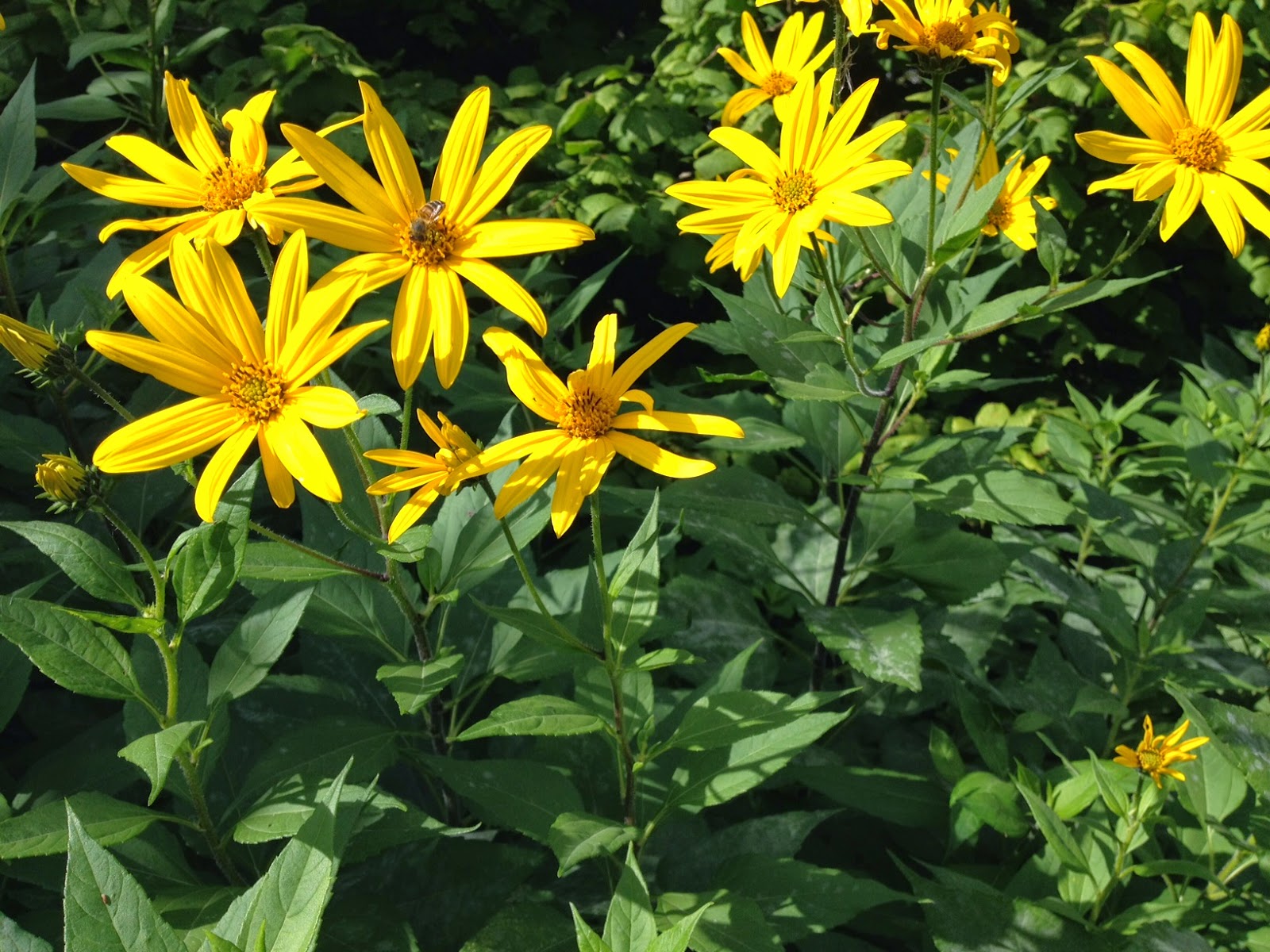Note the shriveled wings. This is called deformed wing virus or DWV and is caused by either Varroa Mites or by Chilled Brood. So late in the season I would say its the Varroa.
A healthy Worker Bee evicting a bee with DWV
Note the shriveled wings and the abdomen is also much shorter and the body hairs have fallen off.
I don't treat my hives against Varroa because I would like to breed bees only from survivor stocks. I can't wait to meet the survivor colonies next year to increase their strong genes. I find that treating weak colonies will only weaken the future colonies through weak Drones mating with local Virgin Queens. Such stocks will only be able to survive with treatments which is far from sustainable. That said bees located in mono-crop agricultural environment can easier succumb to DWV and other diseases because they lack healthy and biodiverse forage and in this case treating maybe the only way to keep them alive until the day comes when we abolish mono-crop agriculture and start practicing small scale organic farming based on biodiversity.
Right now it is of utmost importance to feed them well for the winter and I hope they can find enough pollen which they need to create "Winter Bees" which can live up to 6 month or more. Summer worker bees live up to 4-6 weeks only because they lack fat bodies filled with Vitellogenin aka "Bees' Fountain of Youth".














































